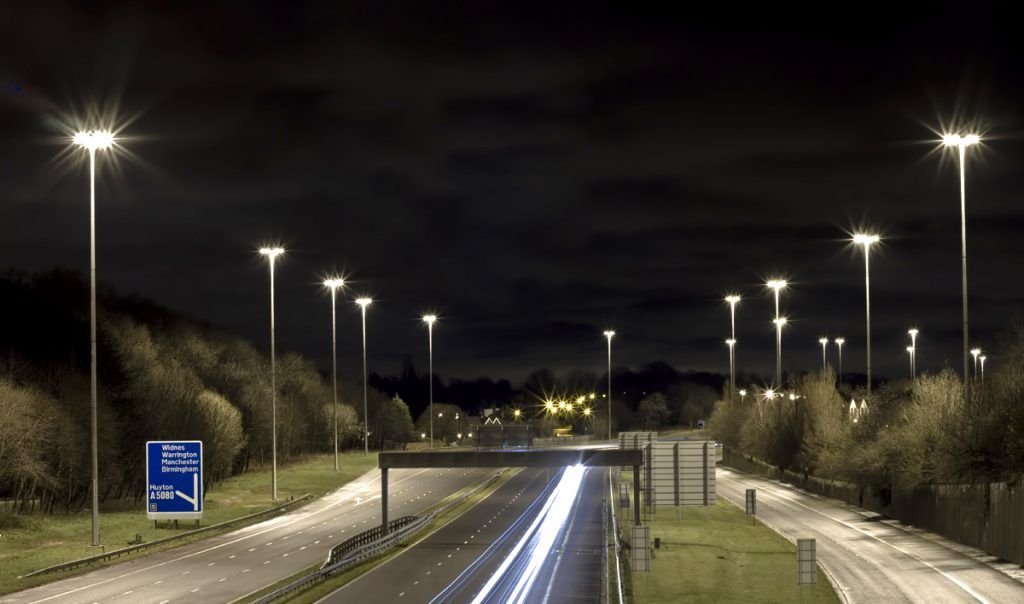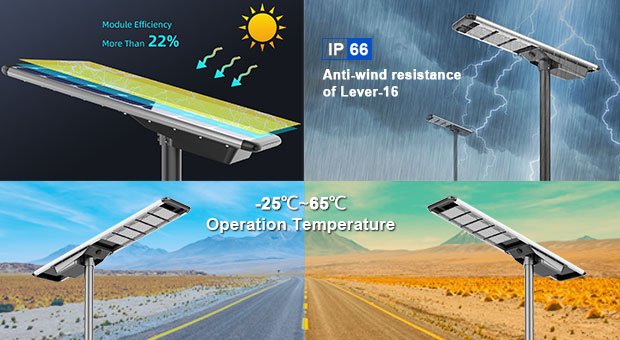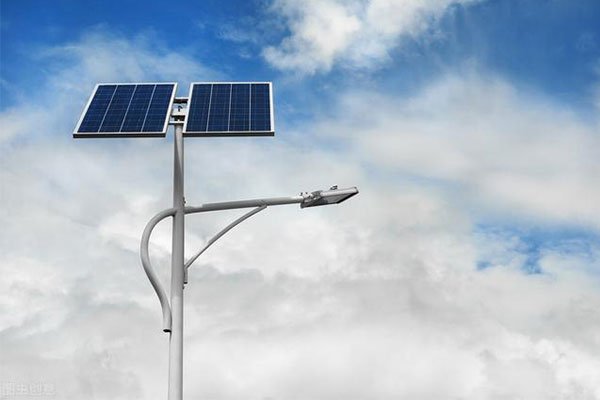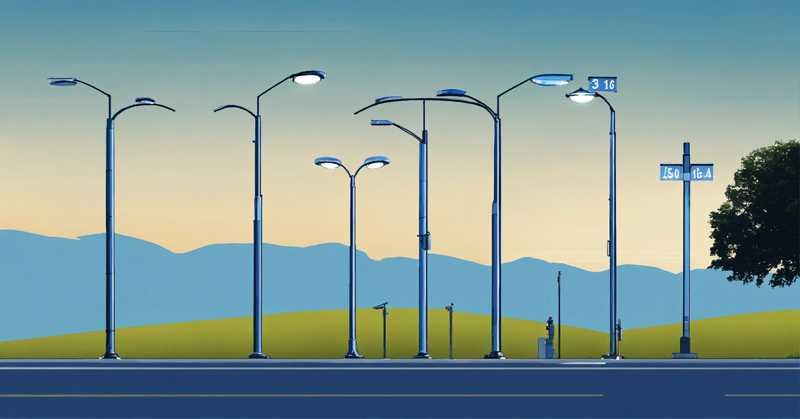A high-quality solar street light system typically lasts between 10 to 20 years, but some components may require earlier replacements to maintain optimal functionality. Understanding the lifespan of each part helps in long-term cost planning and efficient maintenance.
Understanding the Lifespan of Solar Street Lights
Each component of a solar street light has a different lifespan:
| Component | Average Lifespan | Maintenance Needs |
|---|---|---|
| Solar Panels | 25-30 years | Occasional cleaning, minimal degradation |
| LED Light Fixture | 50,000 - 100,000 hours (~10-20 years) | None unless physically damaged |
| Battery | 5-10 years | Requires periodic replacement |
| Controller | 10-15 years | Software updates, occasional adjustments |
🔍 Key Takeaway: While the overall system can last 10-20 years, batteries require the most frequent replacements, making them a crucial factor in long-term cost calculations.
Factors That Affect the Longevity of Solar Street Lights
2.1 Quality of Components
- Solar panels: High-efficiency monocrystalline panels last longer than polycrystalline alternatives.
- Battery type: Lithium-ion and LiFePO₄ (Lithium Iron Phosphate) batteries last longer than traditional lead-acid batteries.
- LEDs: High-quality LED chips with proper heat dissipation ensure long-lasting illumination.
- Controller & Sensors: A well-programmed controller prevents overcharging/discharging, protecting batteries.
2.2 Battery Performance & Storage Capacity
- Battery life is the most limiting factor in solar street light longevity.
- Lithium-ion and LiFePO₄ batteries offer 5-10 years of operation, whereas lead-acid batteries last only 2-5 years.
- Cold weather and extreme heat can degrade batteries faster, reducing efficiency.
2.3 Solar Panel Efficiency & Degradation
- Solar panels experience degradation of ~0.5% per year but can last 25+ years with proper maintenance.
- Harsh environmental conditions (snow, dust, bird droppings) can reduce efficiency if panels are not cleaned regularly.
2.4 Environmental Conditions & Weather Resistance
- Extreme temperatures (hot/cold) can impact battery performance and lifespan.
- Coastal and humid climates require anti-corrosion materials to prevent rust and wear.
- Dusty environments necessitate frequent cleaning of solar panels to maintain efficiency.
2.5 Maintenance Practices
- Regular panel cleaning ensures optimal energy absorption.
- Timely battery replacements extend system longevity.
- Periodic system inspections help identify faulty components before failure.
How to Maximize the Lifespan of Solar Street Lights

3.1 Best Practices for Long-Term Performance
✅ Conduct Routine Inspections – Check for loose connections, corrosion, or physical damage.
✅ Keep Solar Panels Clean – Remove dust, snow, or debris to maintain charging efficiency.
✅ Monitor Battery Health – Replace degraded batteries before performance drops significantly.
✅ Ensure Proper Installation – Position solar panels in direct sunlight with minimal shading.
✅ Use High-Quality Materials – Invest in weatherproof, rust-resistant, and durable components.
3.2 Choosing the Right Solar Street Light for Longevity
When selecting a long-lasting solar street light, consider:
- Solar Panel Type: Monocrystalline panels for higher efficiency and durability.
- Battery Technology: LiFePO₄ or Lithium-ion for extended lifespan.
- IP Rating: Waterproof and dustproof (IP65 or higher) for all-weather performance.
- Smart Controllers: To prevent battery overcharging/discharging and extend overall lifespan.
Cost Efficiency Over Time: Are Solar Street Lights Worth It?
4.1 Comparing Solar vs. Traditional Street Lights Over 20 Years
| Factor | Solar Street Lights | Conventional Street Lights |
|---|---|---|
| Initial Cost | Higher | Lower |
| Electricity Costs | $0 (Solar-powered) | Ongoing grid electricity costs |
| Maintenance Costs | Low (battery replacements every 5-10 years) | High (bulb changes, wiring upkeep) |
| Carbon Footprint | Zero emissions | High CO₂ emissions from grid electricity |
| Independence from Power Grid | Yes (operates off-grid) | No (dependent on electrical infrastructure) |
📌 Key Insight: While solar street lights have a higher upfront cost, they eliminate electricity expenses and have lower long-term maintenance costs, making them more cost-efficient over 20 years.
Conclusion: Investing in Long-Lasting Solar Street Lights
✅ Expected Lifespan: 10-20 years with component replacements.
✅ Battery is the key limiting factor – choose LiFePO₄ or Lithium-ion for longevity.
✅ High-efficiency solar panels and LED fixtures can last 25+ years.
✅ Proper maintenance ensures maximum lifespan and efficiency.
✅ Long-term savings – No electricity bills and lower maintenance costs compared to traditional street lights.







